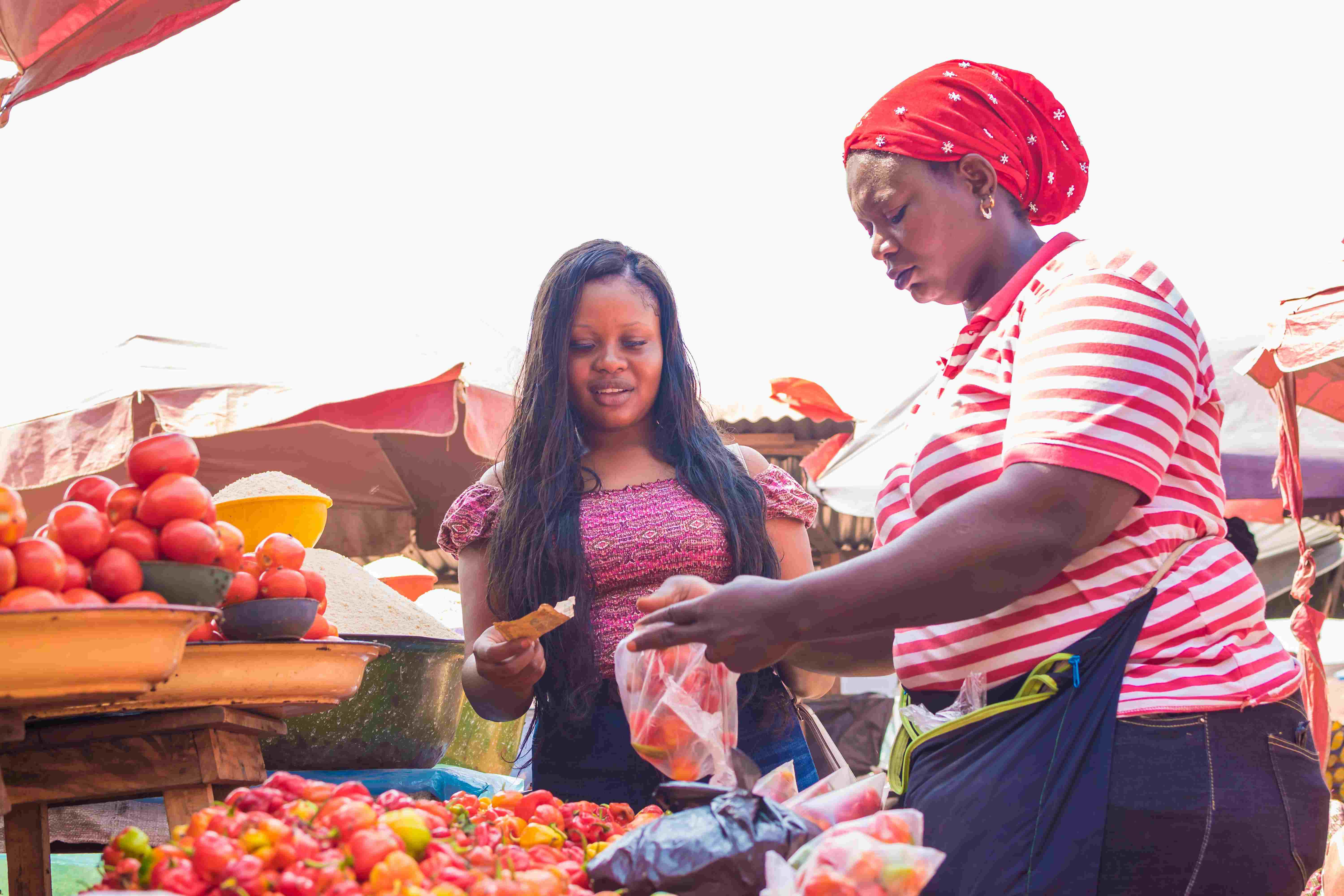Across the globe, entrepreneurs and business owners face a major challenge of accessing funding to start or grow their businesses. If a business person wants to acquire a loan, most lending institutions request for business plans or proposals and some form of collateral as a prerequisite to access funding and interest rates are typically high. Those who cannot fulfill the prerequisites miss out on opportunities, even in cases where they have brilliant and sustainable ideas.
Village banking is a tool for financial inclusion, giving funds to the unbanked and also acting as a platform for savings. Mostly associated with the rural and urban poor, it is now being adopted by the middle classes as well.
To help bridge the financing gaps for micro and small businesses, village banking has helped many entrepreneurs grow and sustain their operations. According to FINCA International, the organisation that pioneered village banking, village banks are groups of low income entrepreneurs who come together to share and guarantee one another’s loans. Originally started in Bolivia, this phenomenon that has seen impressive growth in Africa and other parts of the developing world and Zambia alone is reported to have 15,000 village bank groups. Generally village banks have around 25 to 50 members who are usually, but not always, low-income individuals seeking to improve their lives through self-employment.
One of the major benefits of village banking is that it is typically managed by local communities rather than a formal bank making them more accessible. Village banks provide low income families with small loans to invest in their microenterprises, raise their incomes, build assets, and increase their general wellbeing. Like microfinance, village banking serves the underprivileged in society. However, microfinance comes with exceptionally high interest rates, unlike village banking. An additional benefit of village banking is that no collateral is required to access loans.
A Lusaka resident who has benefitted from village banking told me, “If I need K20,000, I can get the money from my village bank as there is less bureaucracy than getting a loan from a bank. The money is also available cheaply at interest rates of 10 percent as opposed to high interest rates attached to money from microfinance institutions which are as high as 50 percent.” Other Lusaka residents said that village banking has helped support major personal investments such as investments in property. Jane Zulu from Lusaka speaks of how village banking has evolved as not only rural low income earners are attracted to this kind of saving but also middle income individuals. “Middle income earners in urban areas are enjoying the benefits of village banks and are using the money to buy plots, build flats and invest in other income generating activities,” Jane says.
Many village banks target women predominantly, in a bid to improve their status in society. In Zambia, there is a village banking project being implemented by the Ministry of Community Development and Social Services which is aimed at developing an effective microfinance model for poverty reduction. According to Kitwe District Commissioner, village banking is proving to be the most effective way of addressing poverty, especially among women. In November 2019, about 227 women in Kitwe received K1,000 each as an empowerment initiative through the Ministry of Community Development and Social Services. The village banks therefore, provide financial services to women to enable them attain economic independence.
Generally it has been observed that village banking programmes can improve the lives of poor people. Village bank clients have increased their incomes, increased the capital invested and therefore expanded their businesses. To a large extent this operation in Zambia has brought about positive changes in the standard of living of people who access their services.
Like any other financial service programme, the village banking system has shortcomings. It is fairly easy for a member to violate the rules of the group and possibly default on loans or steal funds. To avoid these issues a typical village bank has a constitution which allows members to take criminals to the police but the process of getting justice is likely to be lengthy. However, due to high illiteracy levels some may not be able to understand the terms and conditions.
The regulation of village banking is not as strong as that of traditional banks and other financial institutions, hence people may be discouraged from trying village banking. Also, the COVID-19 pandemic has made certain investments risky and people are finding it more difficult to save.
To fill in the gaps that may be in the village banking system, the Ministry of Community Development should come up with strict rules and regulations in order to prevent people from defaulting as the trend is detrimental to programme scaling up. There is a need for government to engage in financial literacy programmes to allow people to understand best practices of village banking and also strengthen the legal environment to allow the laws to be stronger.
It is encouraging to note that the Bank of Zambia has acknowledged that savings group are part of informal financial services that the unbanked can use and does not discourage village banking. However, the government can show more political will through legislation to ensure the success of these savings initiatives that are supporting entrepreneurship in Zambia, as well giving a boost to the economy.








